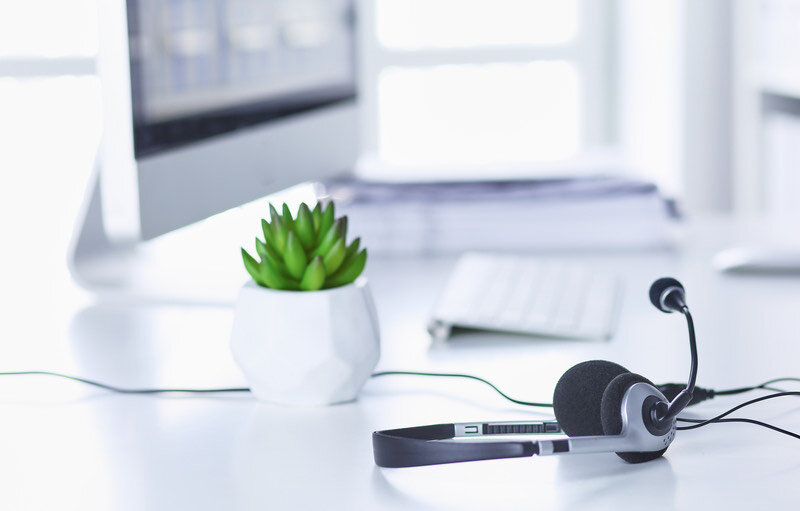Meetings For Introverts: Part One
Many of us are getting asked to join more remote meetings. Gone are the days when the bookkeeper was tucked away in a back corner of the office, rarely to be seen. Even if the volume hasn’t changed, you might be struggling with running them from your home office.
For some of us, meetings and other large gatherings can be quite stressful. There could be many worries that come to mind, but here are the top ones that I think are actionable.
- I’m going to run into some technical issues that will be embarrassing.
- I’ll get asked a question that I can’t answer.
- The information I present will be received poorly.
If you are introverted or have some social anxiety, the common theme here is negative attention. You’d prefer to skip the meeting entirely and just send the report by email. If you’re stuck with the meeting, you at least want to avoid looking unprepared in front of your clients or colleagues.
We’re going to tackle those three questions separately. Today, let’s talk about the technical side of things.
This isn’t going to be an exhaustive review of the gear you need to buy for your needs. The point here is to stand out for the excellent insight you’ve provided, not the audio feedback or the half-naked toddler running through the background.
I currently use Zoom, but these are general tips that should apply to your scenario.
Here’s my first step in making the call less stressful. Ask yourself (or the people in the meeting) this question.
Do I need to turn on my video?
So many of the problems people are having in Zoom calls are related to video. People are showing up in the background of the video, the virtual background keeps cutting in and out, or you accidentally shaved one of your eyebrows off last night.
Whatever it is, if you don’t have to turn on your video, don’t. As a bonus, it also massively improves the call’s performance on slower or choppy connections.
If it’s a new client, you might want to use video on the first call. But if it’s a standing meeting with people you know, and you’re just talking or maybe sharing your screen, most people won’t require video.
Be Prepared - The Gear
The time to find out if your equipment is working is not when you enter the meeting. And, if you didn’t get away with keeping your video off, you also need to make sure your environment is prepared.
If this is your first time on a Zoom call, run some test calls with a friend or family member. If you’ve done this before, but you just bought some new gear, maybe 1 test call will suffice.
From my experience (which isn’t extensive), I think there are three functions you need to know how to do quickly and easily. These are the things you should practice until you’re comfortable.
- Mute/unmute yourself - if you aren’t currently speaking, and especially if you’re in a noisy room, mute yourself. Also, practice unmuting yourself before you speak...I still do this far too often.
- Turn on/off video - If you find out mid-call, you need to use video, know how to turn it on. Or, if you realize nobody else is using their video, learn how to turn yours off.
- Share your screen - Especially as bookkeepers, sharing your screen is often easier than having everyone follow along in the same spreadsheet or report.
Bonus tip: At least in macOS, there are permissions you need to enable before you can get on a call. This is why the test call is essential. Your computer will want you to authorize Zoom to use your audio, video, and screen sharing. It’s a pain to have to dig into your settings in the middle of showing your screen.
Be Prepared - You
Ok, you’ve sorted out the technical issues. So now you’re ready to go, right?
Not quite. Just a few more things to sort out.
- Get your environment as call-friendly as possible.
- Read over the agenda.
- Prepare your materials, both physical and digital.
- If possible, have 5-10 minutes before the call starts free so you can get organized.
Do your best in your environment. If you’re at home with three preschoolers, don’t expect a noise-free sound booth. And, if you’re stuck recording in your broom closet, try out the virtual backgrounds.
Being clear about the purpose of the meeting and having the related materials ready is so important. We’ll talk more about that in the next post.
I hope some of this helps. We’re all trying to get used to some new realities. A bit of preparation can help you give off an excellent impression to the people in the meeting, even if you’d rather be anywhere else.
As I said, in the next post, we’ll sort out how to be ready to answer questions you might get during the call.
If you want to get that post as soon as it comes out, subscribe to my free bookkeeper newsletter.







